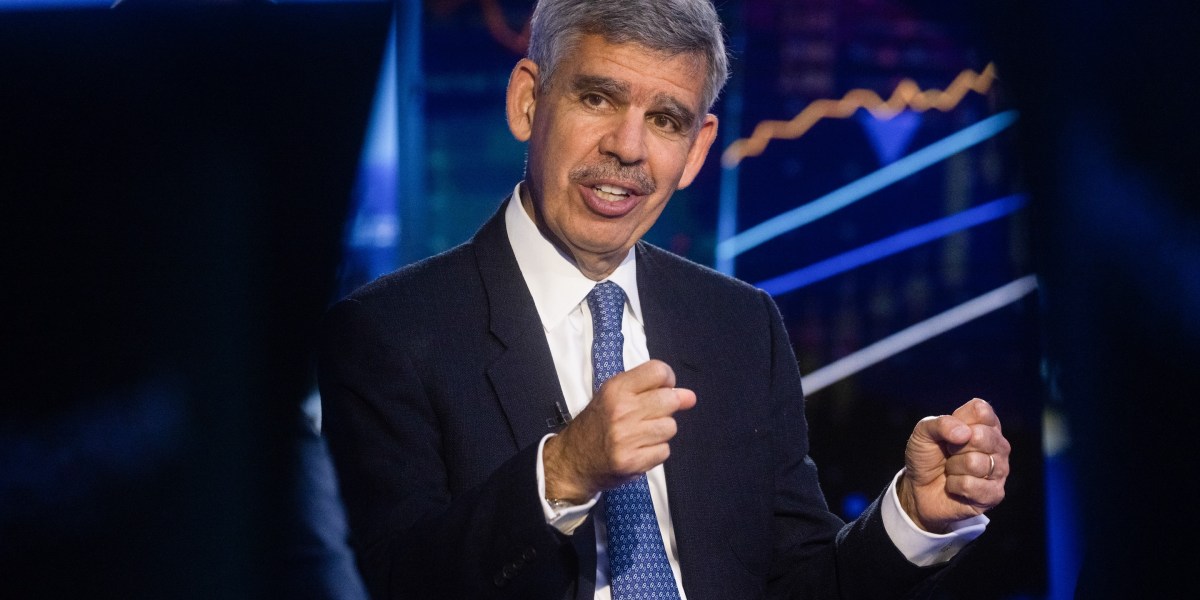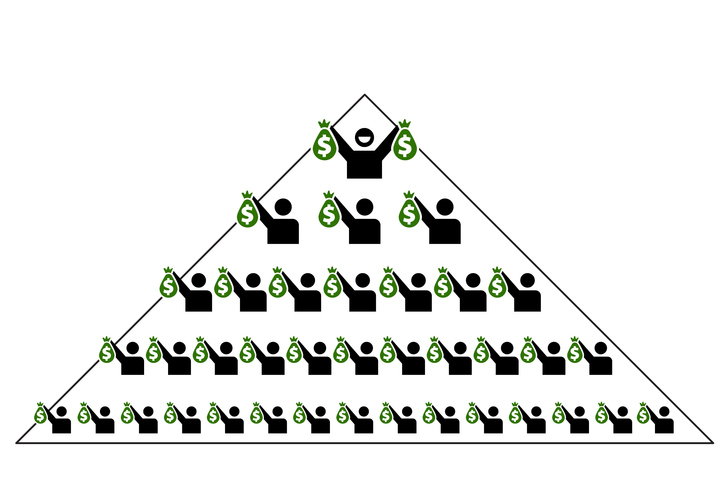Over the past year, on the day after Tesla unveils its latest quarterly report, this writer has calculated a metric I call the “Musk Magic” Premium. Put simply, the figure demonstrates how much of the EV pioneer’s valuation is explained by its current performance, and what portion rests on investors’ bet that Musk will deliver super-big on sundry promised innovations, from robotaxis to humanoid robots— areas where money-making versions haven’t materialized, and keep getting delayed.
I calculated the metric once again following Tesla’s report for Q3, issued after the market close on Wednesday October 22. The company reported record sales for the quarter. But its terrible profit numbers stand in glaring contract to the recent moonshot for the stock, which has doubled the manufacturer’s market cap since early April, to $1.46 trillion earlier this week. The combination of a ballooning valuation and huge profit declines since the company’s heyday at the turn of the decade makes the Magic Premium a Halloween ghoul that’s haunting Wall Street.
Tesla’s core earnings are running at about half GM’s
To arrive at the Magic Premium, I first deploy a formula establishing bedrock, repeatable earnings. To get there I start with GAAP net profits and adjust for two items.
The first: sales of regulatory credits. They’re already declining now that the Trump administration has waived a previous requirement that U.S. automakers pay what amount to big penalties to Tesla and other EV-makers for failure to meet required targets for producing enough green vehicles themselves. Musk has acknowledged that the income stream from those payments will keep falling, then pretty much disappear. Second: Tesla books gains or losses on its big Bitcoin holdings each quarter. That’s a special, non-operating item that I also exclude by eliminating the gains from profits (or tacking back the losses).
For Q3, Tesla recorded net income of $1.372 billion. That represents a fall of 37% from the same three-month span last year. Subtracting the after-tax contribution from regulatory credits of roughly $300 million, and adding back a $62 million loss on digital holdings unrelated to how Tesla’s businesses are faring, I get sustainable net profits of $1.134 billion ($1.372 billion minus a $238 million net reduction from these non-core items).
Add that figure to the adjusted earnings for the past three quarters, and you get a total core reading of $3.6 billion over the past 12 months. That’s about half of what archetypal metal-bender General Motors garnered in the same span.
So what’s Tesla “worth” today, based on the money it’s actually making (as opposed to the wonders its CEO keeps promising)? If we award a PE of 30, equal to the S&P 500 average—which is highly inflated, by the way, by the share prices of the Mag 7 including Tesla—we get “fair value” of $108 billion (the 30 multiple times $3.6 billion in earnings). But investors are wagering that the automaker is worth $1.46 trillion. The difference, the value that rests on Musk’s ever-shifting pledges on what’s to come, amounts to the Musk Magic Premium: in this case, $1.35 trillion. Put another way: The promise of gauzy visions that keep receding like a mirage in the desert accounts for 90% of Tesla’s market cap.
How fast must Tesla’s earnings expand to grow into the Musk Magic Premium?
At $1.46 trillion, Tesla is selling at 405 times repeatable earnings. Now let’s examine the heights the stock must hit to notch even a modest, 10% annual return over the next seven years. To get there, Tesla’s valuation would need to double to $2.9 trillion.
Producing enough profits to justify that giant market cap would require Musk to set a journey of fast-expanding profitability and breakneck growth, and investors along for the ride would be braving a chamber of horrors. We’ll be generous and imagine that by late 2032, Tesla will sport the same rich PE of 30. In that scenario, by then the company would need to produce $97 billion a year in earnings. That’s approximately what both Microsoft and Apple register today, and their current profits tower among the biggest in the annals of capitalism.
Zooming from today’s $3.6 billion run rate to $97 billion means Musk would need to grow profits by 60% a year, every year, through 2032. In the final 12 months alone, he’d have to add tens of billions in extra earnings.
Of course, Musk has worked miracles in the past. But this Halloween, chasing away the ghouls haunting Tesla looks like a miracle too far.

















![Best Crypto Exchanges of 2025 [November Edition] – Volume, Tokens & Trends Best Crypto Exchanges of 2025 [November Edition] – Volume, Tokens & Trends](https://static.news.bitcoin.com/wp-content/uploads/2025/11/best-bitcoin-crypto-exchanges-november-2025-1.png)









